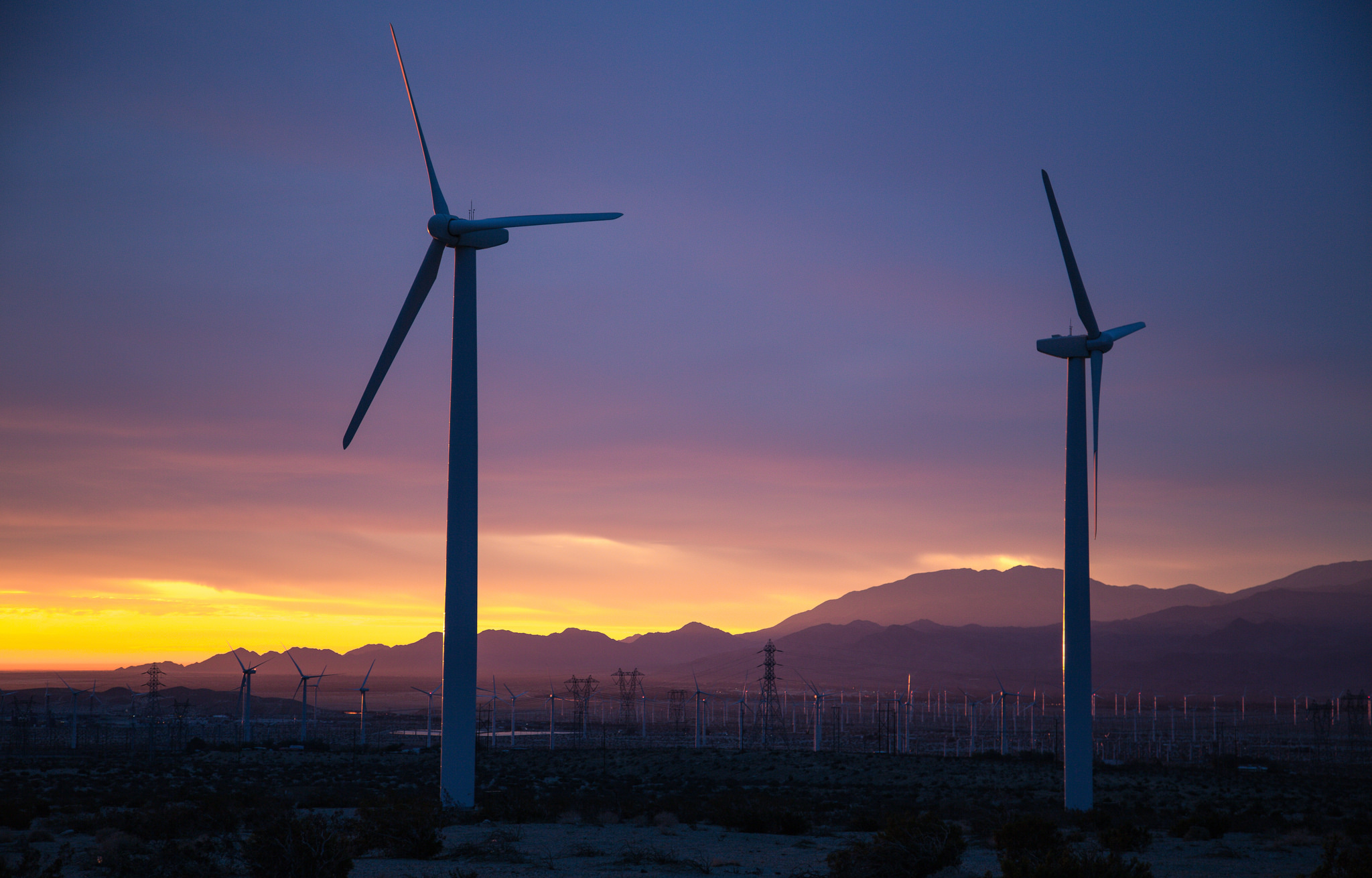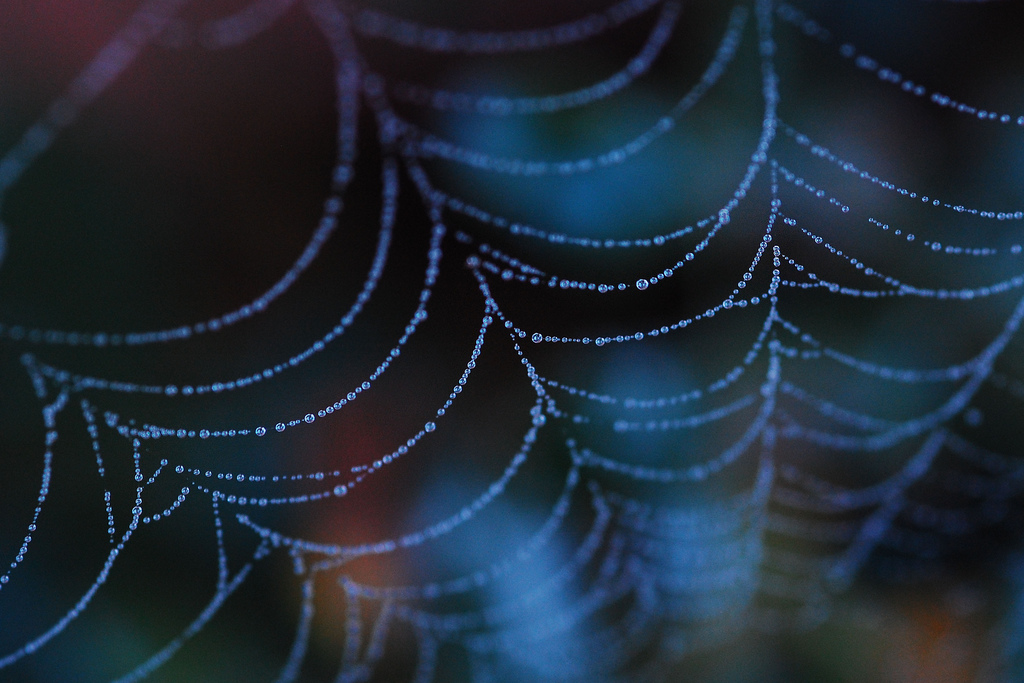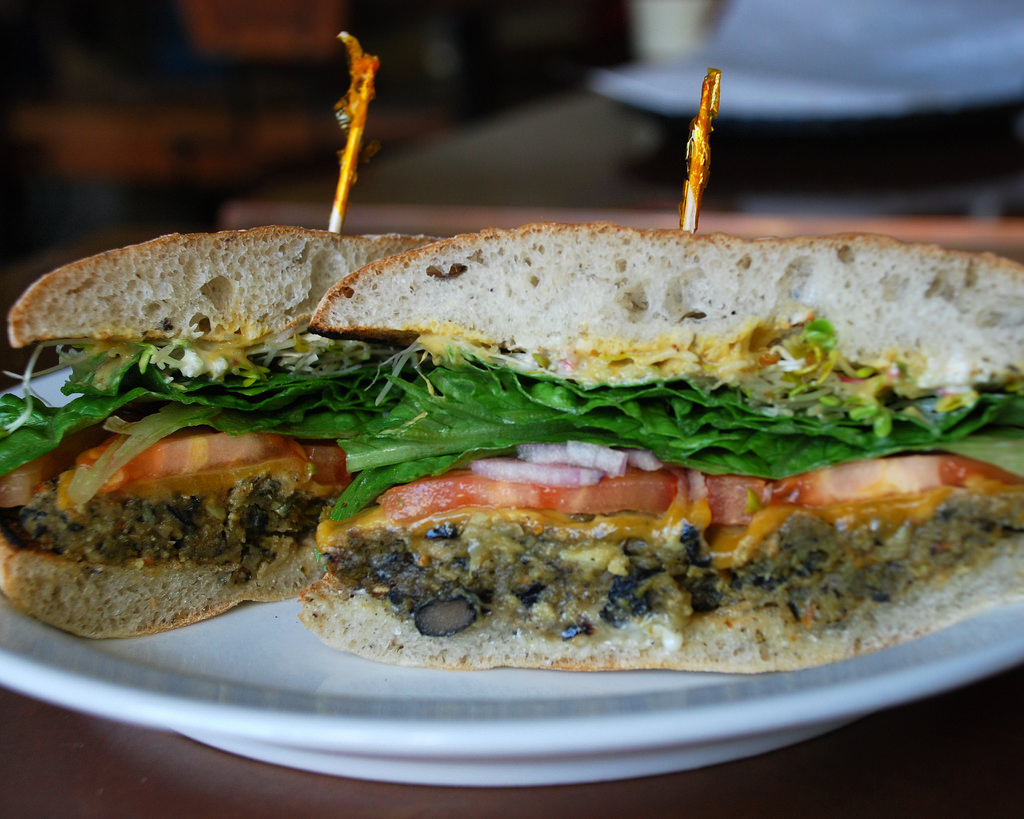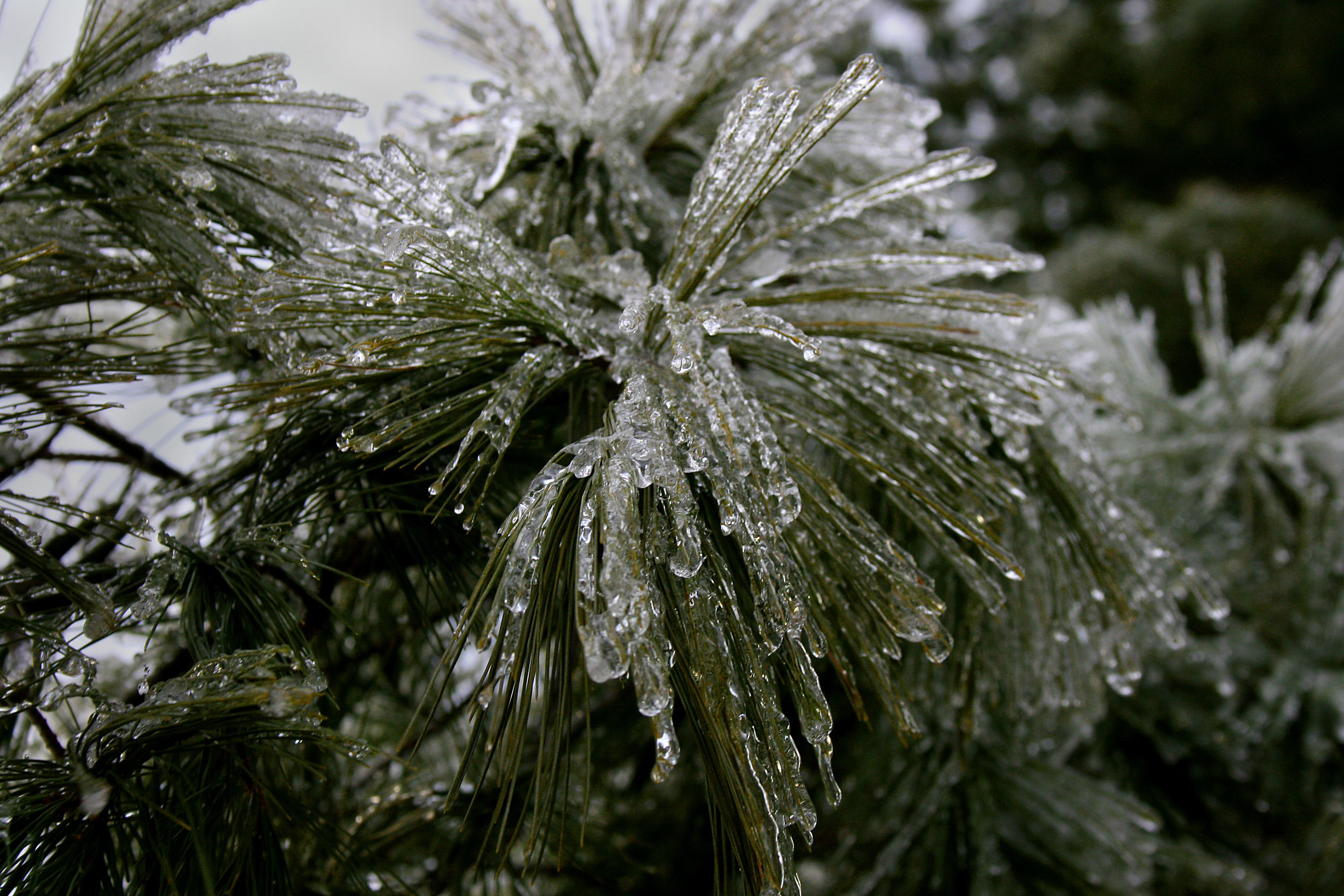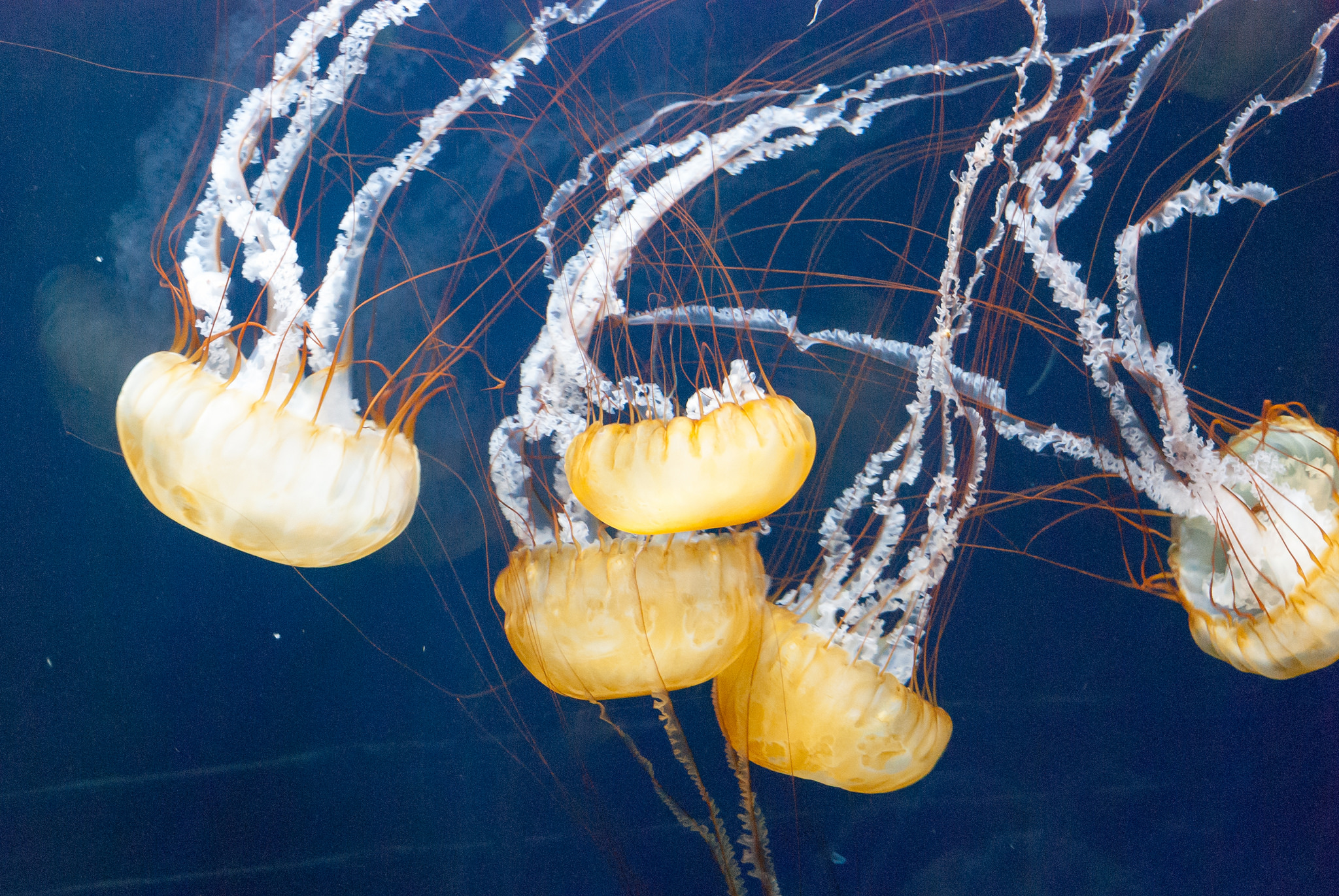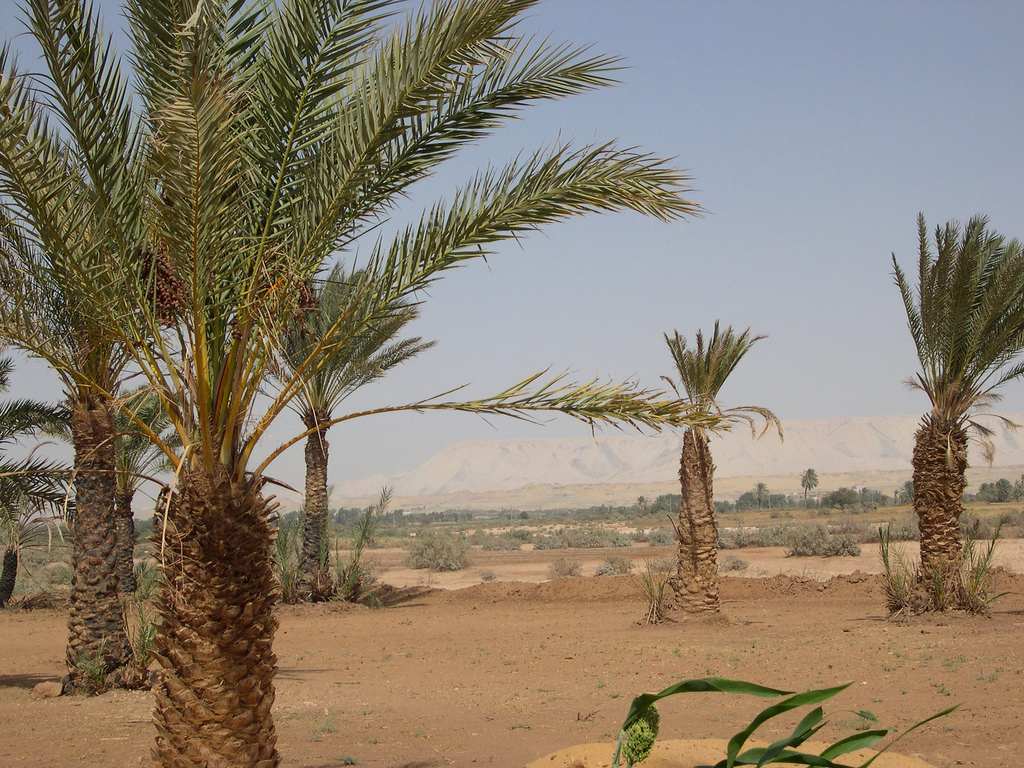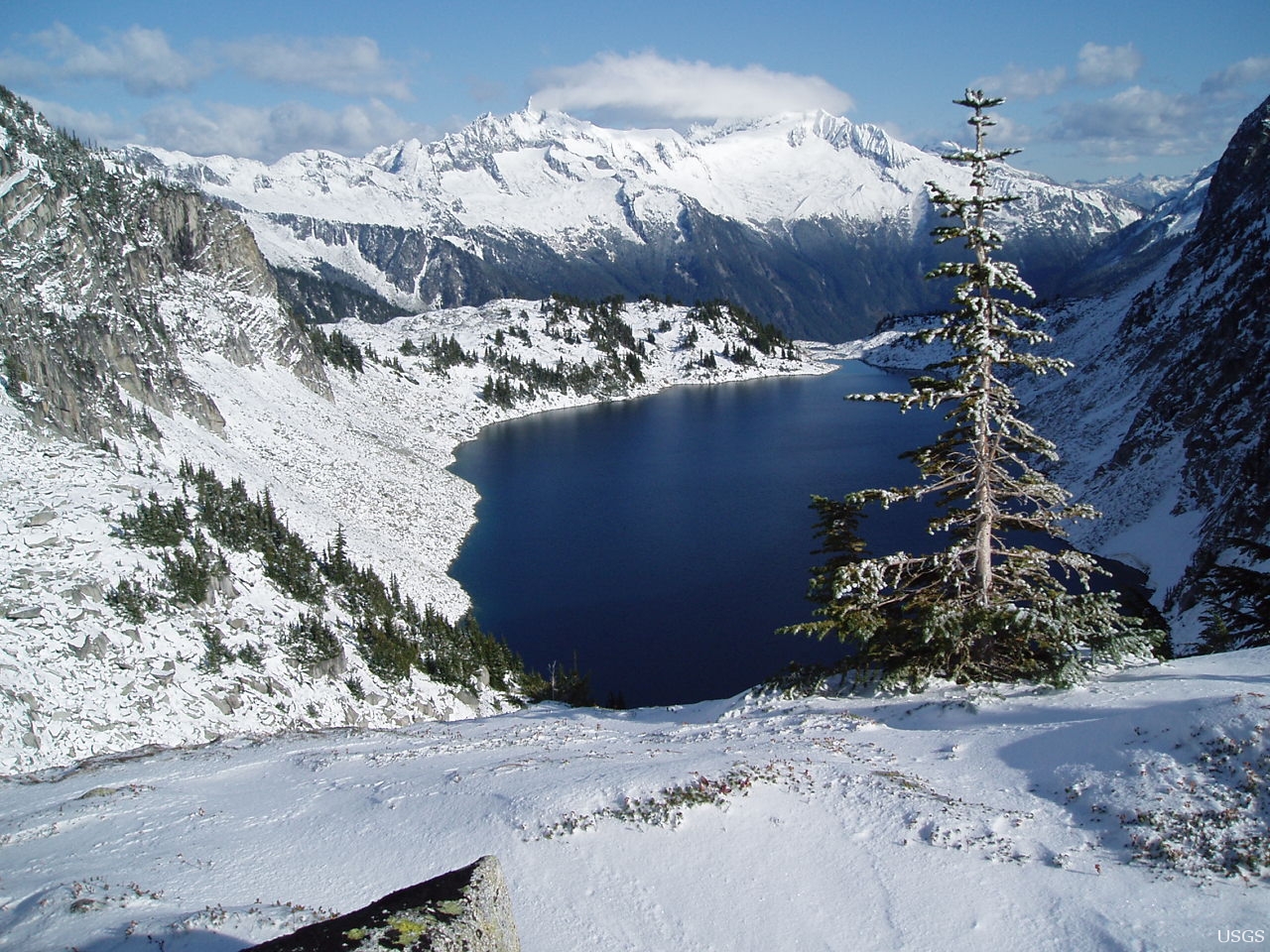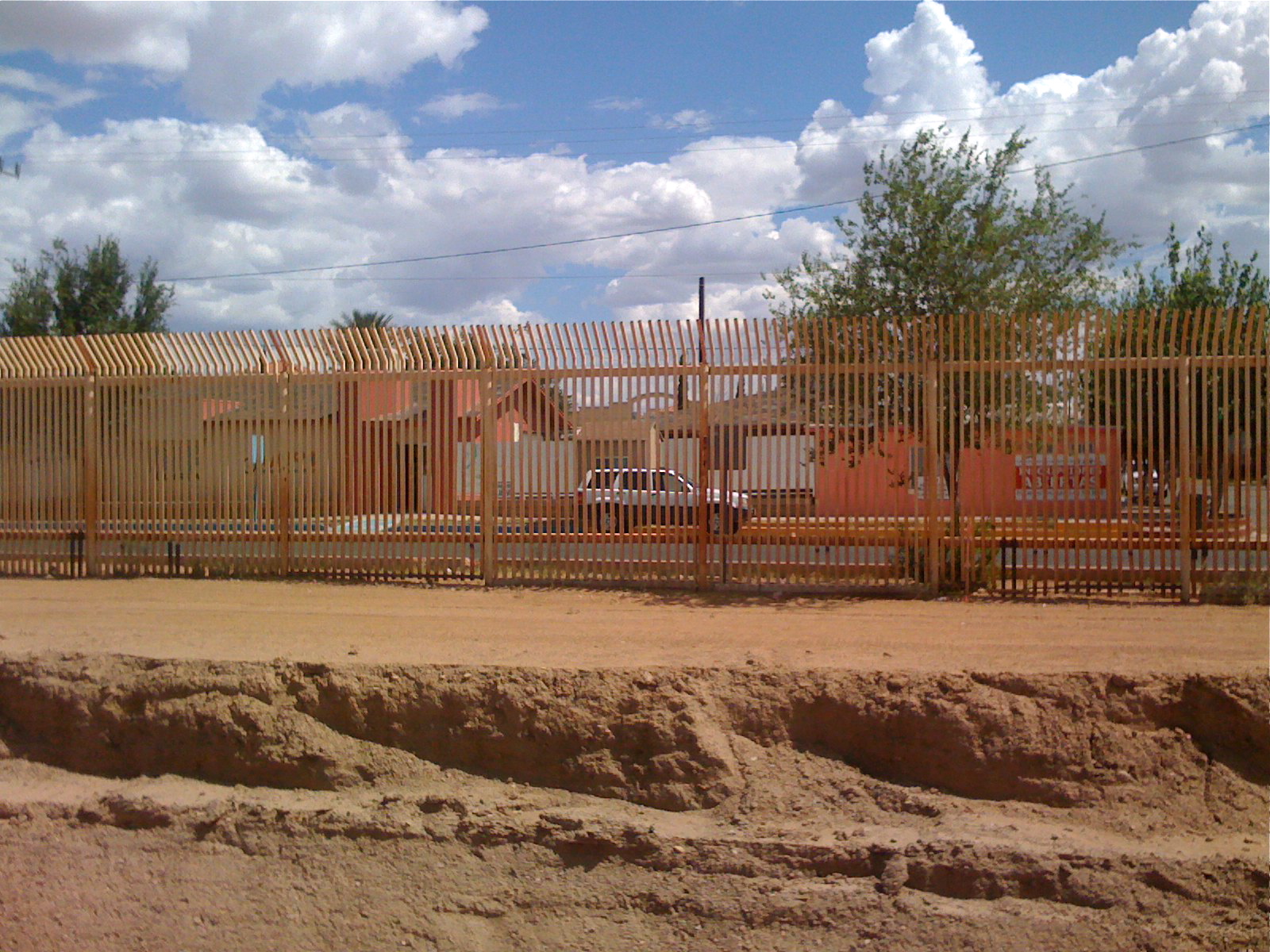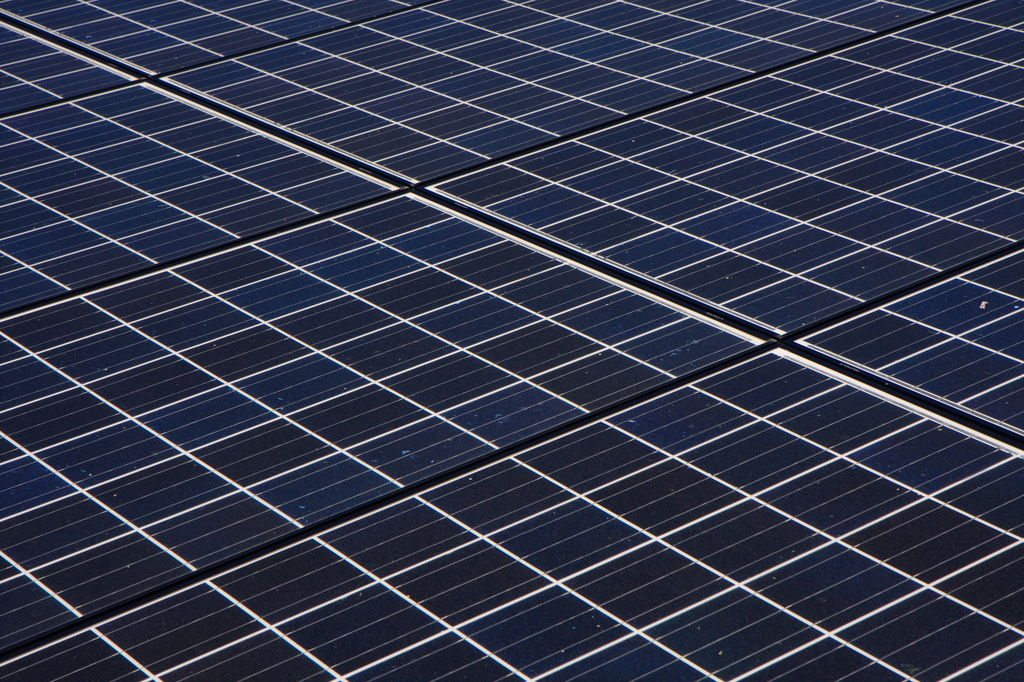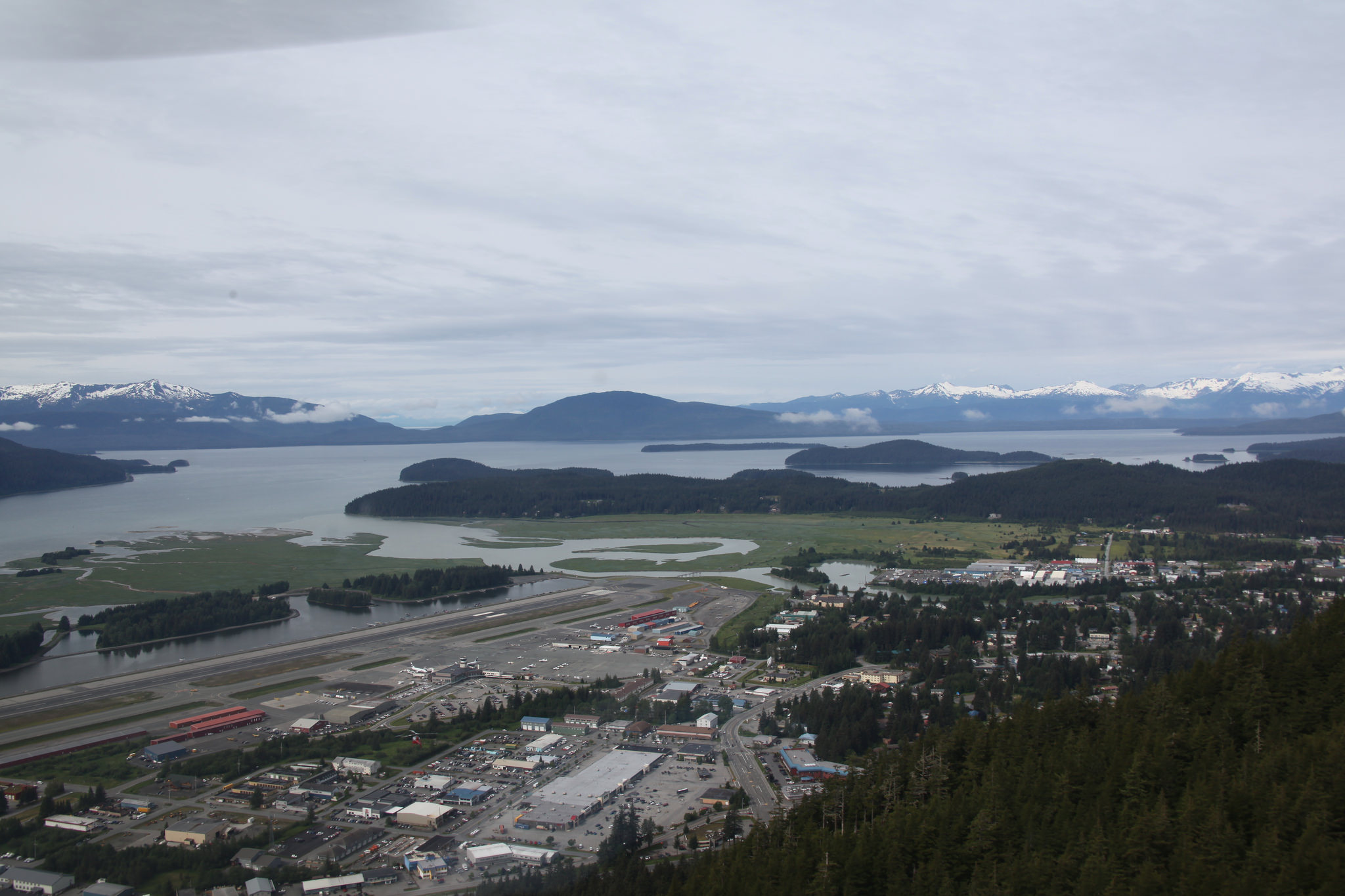Last year was a big year for progress in the U.S. power sector. Renewable energy provided nearly 17% of the country’s electricity, up from 13.7% in 2015. The first offshore wind farm in the U.S. opened off the coast of Rhode Island. And most significantly, carbon emissions from the power sector continued to decline and reached the lowest levels in nearly 25 years.
Sustainable Living
Produce Stickers
The fruit and vegetables in most grocery stores these days come with little stickers on them with a numerical code identifying the produce for the cashier at the checkout counter. They are quite helpful for the cashier but a real irritation for the customer. Half the time it is difficult to get the labels off the piece of produce and sometimes we don’t notice them at all and end up with a little paper sticker in our salad.
Clean Coal For Real
We have heard the term “clean coal” for years, mostly from politicians and in coal company advertising. The concept sounds good: burn coal but don’t produce carbon dioxide emissions. While there have been various small-scale tests of technologies to accomplish this, it has not actually been a viable option for the power industry.
European Lessons On Food Waste
Americans toss out an almost unbelievable $161 billion worth of food every year. There are numerous efforts underway to address this problem, but they are mostly at the local level or in the business sector. To date, we have no national- or international-level policies that tackle the issue. In this regard, Europe is way ahead of us.
A Soy-Based Air Filter
Particulate matter and toxic chemical pollutants are a pervasive problem in the air people breathe in many places. Poor air quality causes health problems worldwide and is a factor in diseases such as asthma, heart disease and lung disease.
Spider Silk
Spider silk – the protein fiber spun by spiders to make webs, nests, cocoons, and wrapping for prey that they stash away – is a remarkable substance. Its mechanical properties combine high tensile strength and high extensibility or ductility. This allows spider silk to absorb a lot of energy before breaking. It is stronger than steel, but not as strong as Kevlar, for example. On the other hand, it is tougher than either.
Tiger Poaching
Last year, tiger poaching in India jumped to its highest levels in 15 years. The spike was the result of killings by gangs of poachers, tigers being snared by locals trying to trap other animals for food, and by cutbacks in anti-poaching efforts because of budget cuts.
Last Year Was Hot
Last year was not the hottest year on record in the United States; it was only the second hottest. 2012 was the hottest because of some searing heat waves that summer. However, 2016 marked 20 above-average temperature years in a row. The five hottest years recorded have all happened since 1998. Every state had a temperature ranking at least in the top seven and both Georgia and Alaska had their hottest years ever. While it was only the second hottest year on record in the U.S., last year was the hottest year for the entire world.
The Arctic Is Getting Crazy
Unprecedented things have been happening with the weather up in the Arctic in recent times. In fact, during the past year, the climate in the Arctic has at times bordered on the absurd.
Plant Protein On The Rise
The United Nations declared 2016 to be the International Year of Pulses. Pulses, which are also known as grain legumes, are a group of 12 crops that includes dry beans, dry peas, chickpeas and lentils. They are high in protein as well as fiber and various vitamins. Pulse crops are highly sustainable and require much less water than many other food crops. So there is a real effort underway to promote their production as part of improving food security around the world.
Northeast Temperatures
A year ago, nearly 200 countries signed an agreement, known as the Paris Accord, to fight climate change by mitigating greenhouse gas emissions. They each promised to reduce their carbon output as soon as possible, and to do their best to keep global warming well below 2-degrees Celsius (or 3.6 degrees Fahrenheit).
Energy From Jellyfish
Jellyfish are fascinating in appearance but generally are nothing but trouble. Their stings can ruin a tropical vacation but they can cause far more damage than that.
Saving Saharan Oases
An oasis is an isolated area of vegetation in a desert, typically surrounding a spring or similar water source such as a pond or a small lake. Oases can provide habitat for animals as well as people. Oases have long been essential for trade and transportation routes in desert areas; caravans typically travel via oases so that supplies of water and food can be replenished.
Climate Change And Heat Waves
2016 was the hottest year on record and saw many extreme weather events. How much of what happened resulted from climate change has yet to be assessed. However, the analysis of 2015 – which was the hottest year on record up until last year – has been presented in a special publication by the American Meteorological Society.
Fencing Out People And Animals
The flood of refugees from the Middle East and Africa has prompted governments in the Balkan countries to erect hundreds of miles of border fences. Countries like Slovenia have put up razor-wire security fences to stem the tide of migrants. These border fences are built with little if any consideration of the environmental impacts on wildlife.
Cheap Wind And Solar Power
Multiple studies are now reporting that wind and solar power are the cheapest way to make electricity in a growing number of places around the world. A thorough analysis of the levelized cost of energy – which considers every cost component from capital expenditures to operating and maintenance costs over a lifetime – shows that solar and wind power are winning the day.
Clean Power Is Cheap Power
There are many good reasons why we should be making the transition from fossil fuel energy sources but the one that is likely to be the most persuasive is strictly economic. It has long been said that the renewable energy future will truly arrive when installing new solar panels is cheaper than a comparable investment in coal, natural gas, or other options.
Can Polar Bears Be Saved?
Climate change is posing a major threat to polar bear survival. The polar bear, whose native range lies largely within the Arctic Circle, depends on sea ice for nearly all of its life cycle functions. And rising temperatures are causing that sea ice to disappear.
Alaska’s Threatened Communities
Because of its Arctic location, Alaska is warming about twice as fast as the rest of the United States. The past year has been the warmest on record. The forces of erosion and increasingly powerful storms have resulted in the imminent risk of destruction for at least 31 Alaskan towns and cities. Many are predicted to become uninhabitable over the next few decades. Residents of these places are likely to join the growing flow of climate refugees around the globe.
Fish On The Move
As the oceans warm, many kinds of fish are on the move, seeking cooler and deeper water. Because of this, the fishing industry is struggling with antiquated regulations that are not moving as fast as the climate is changing.
